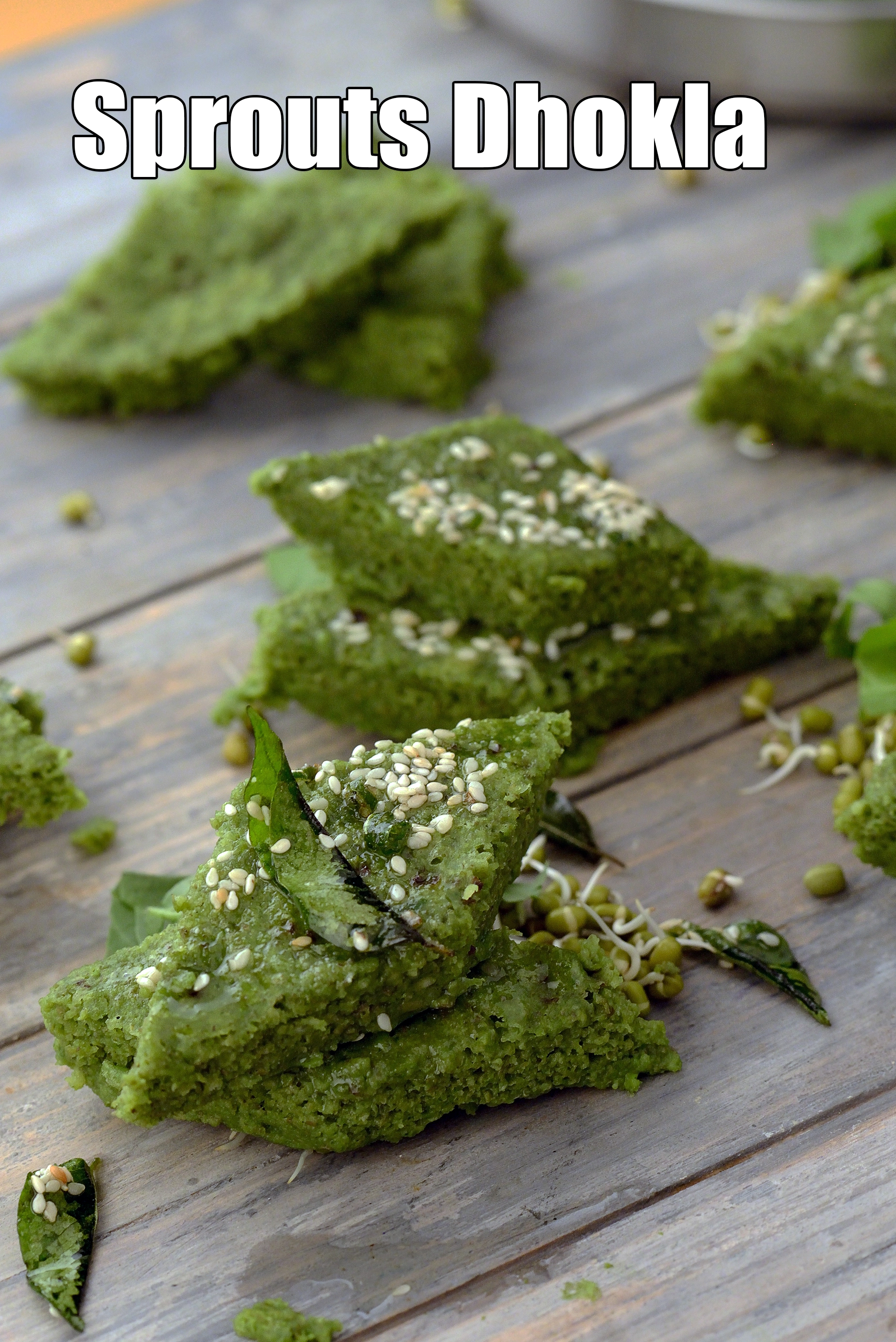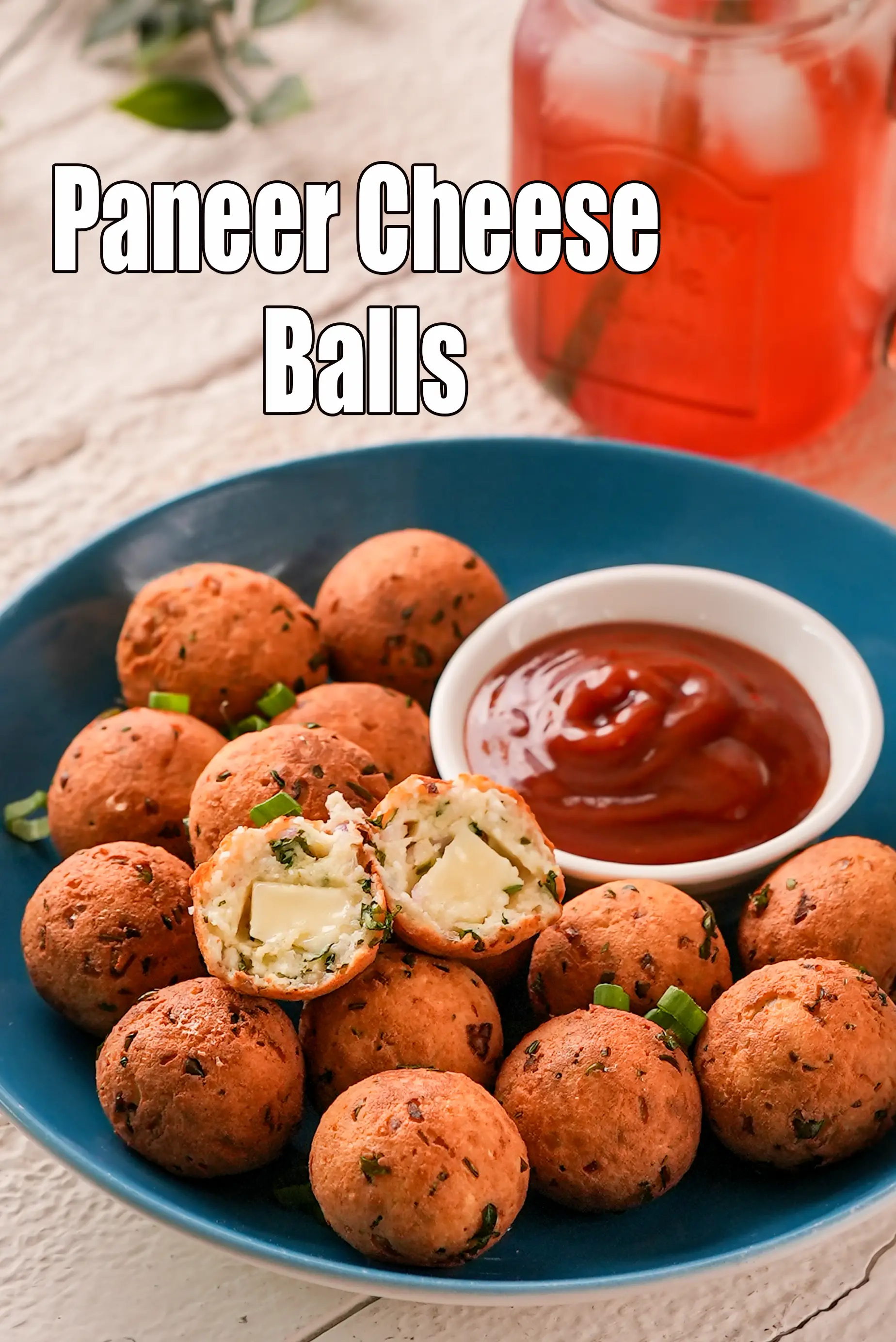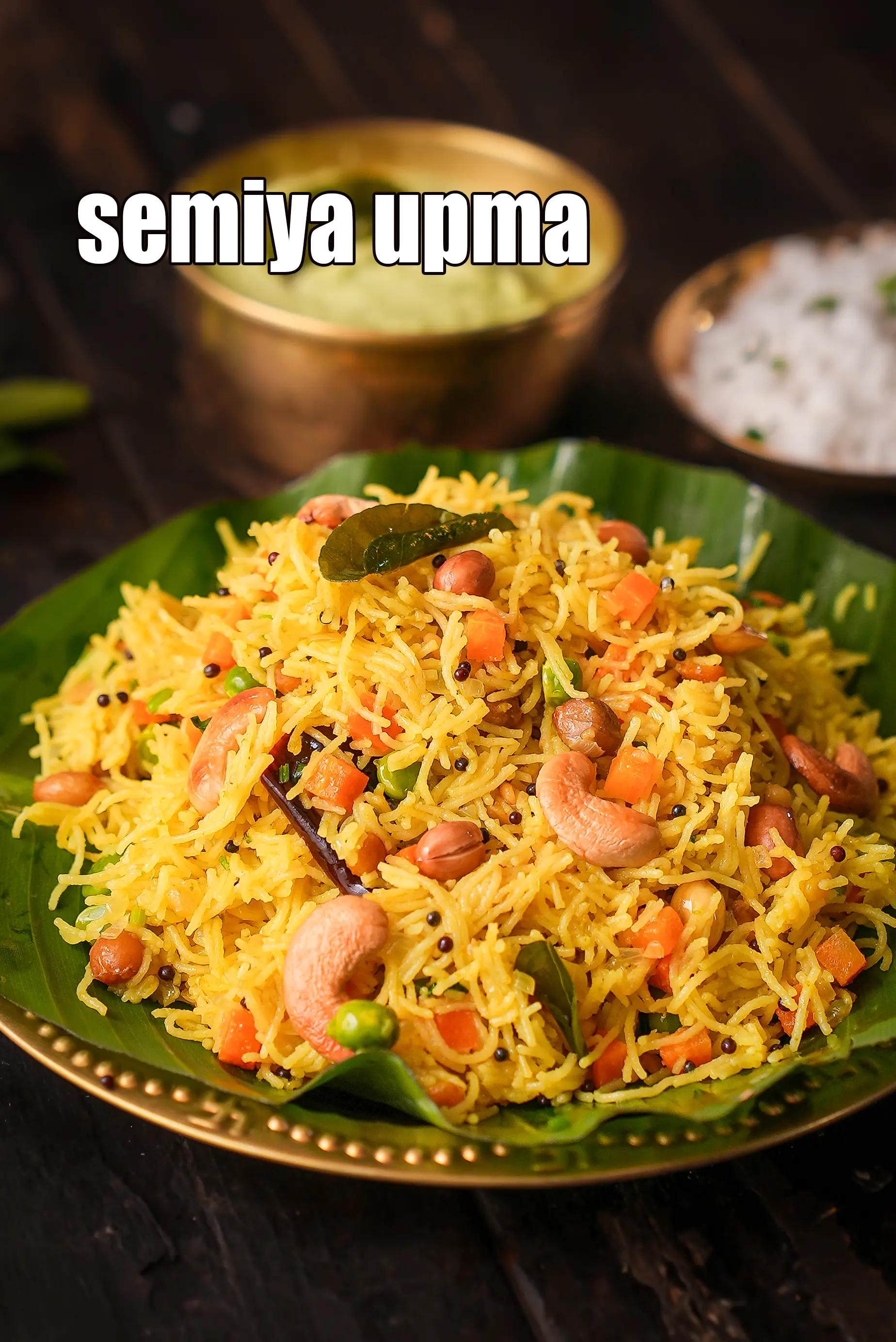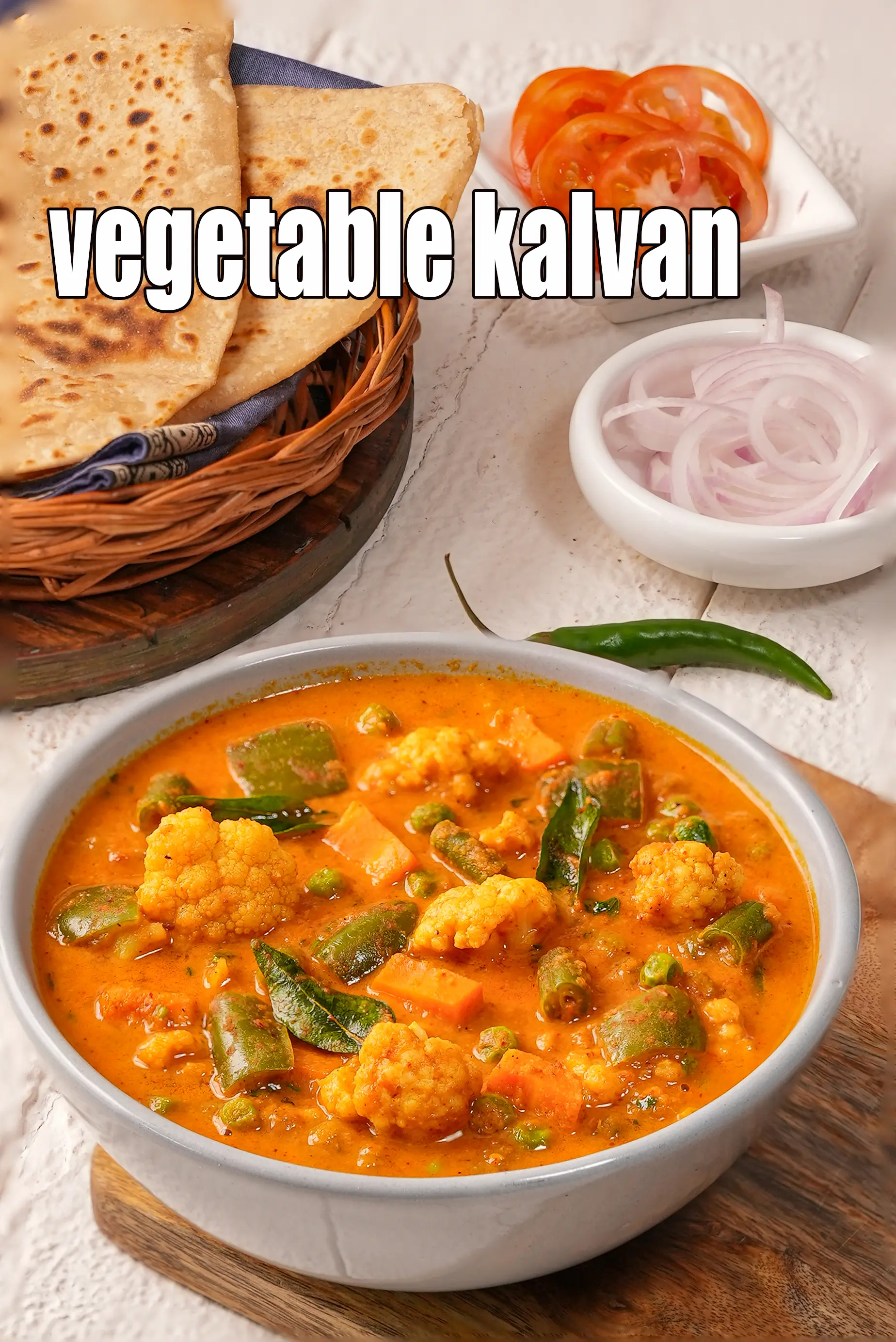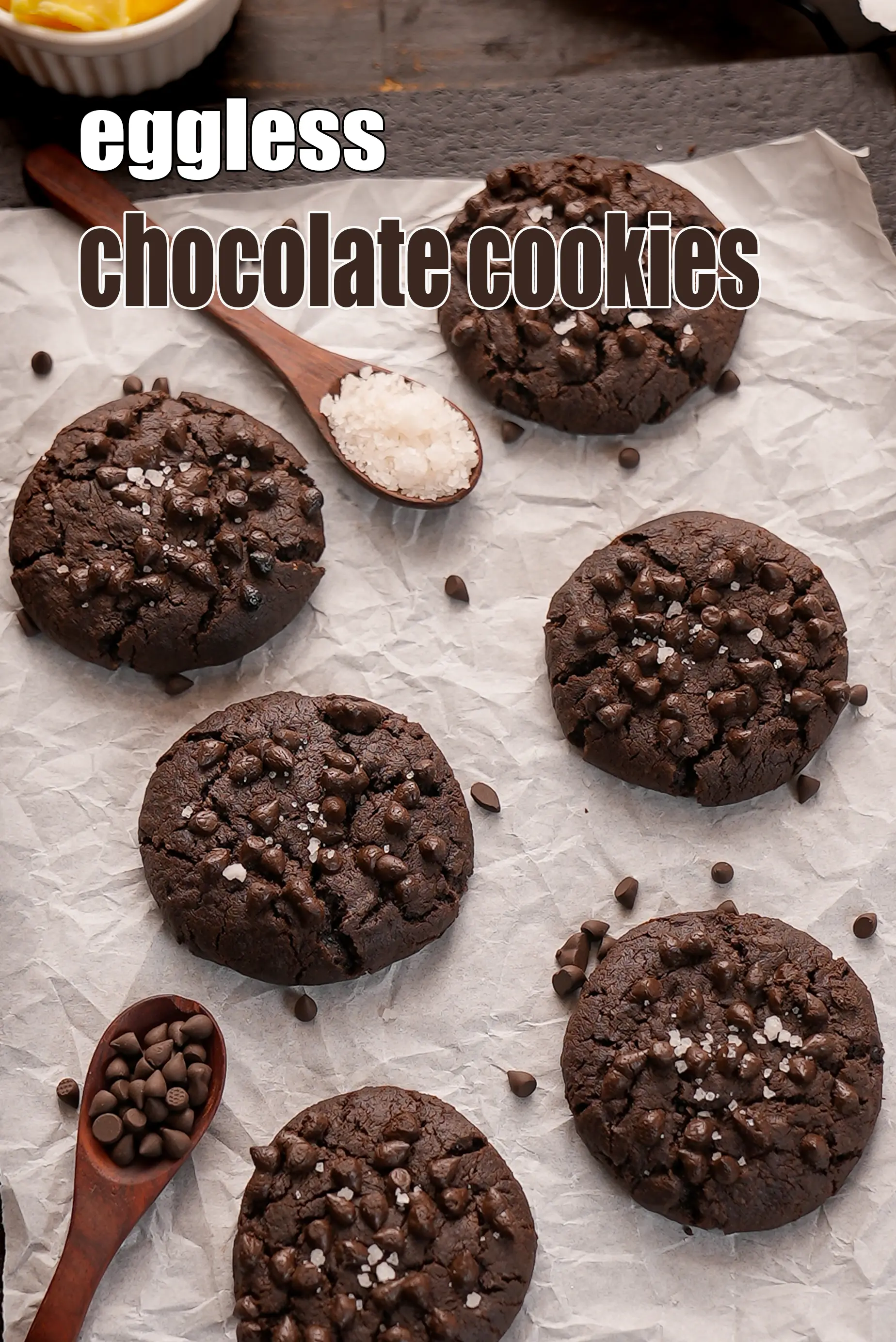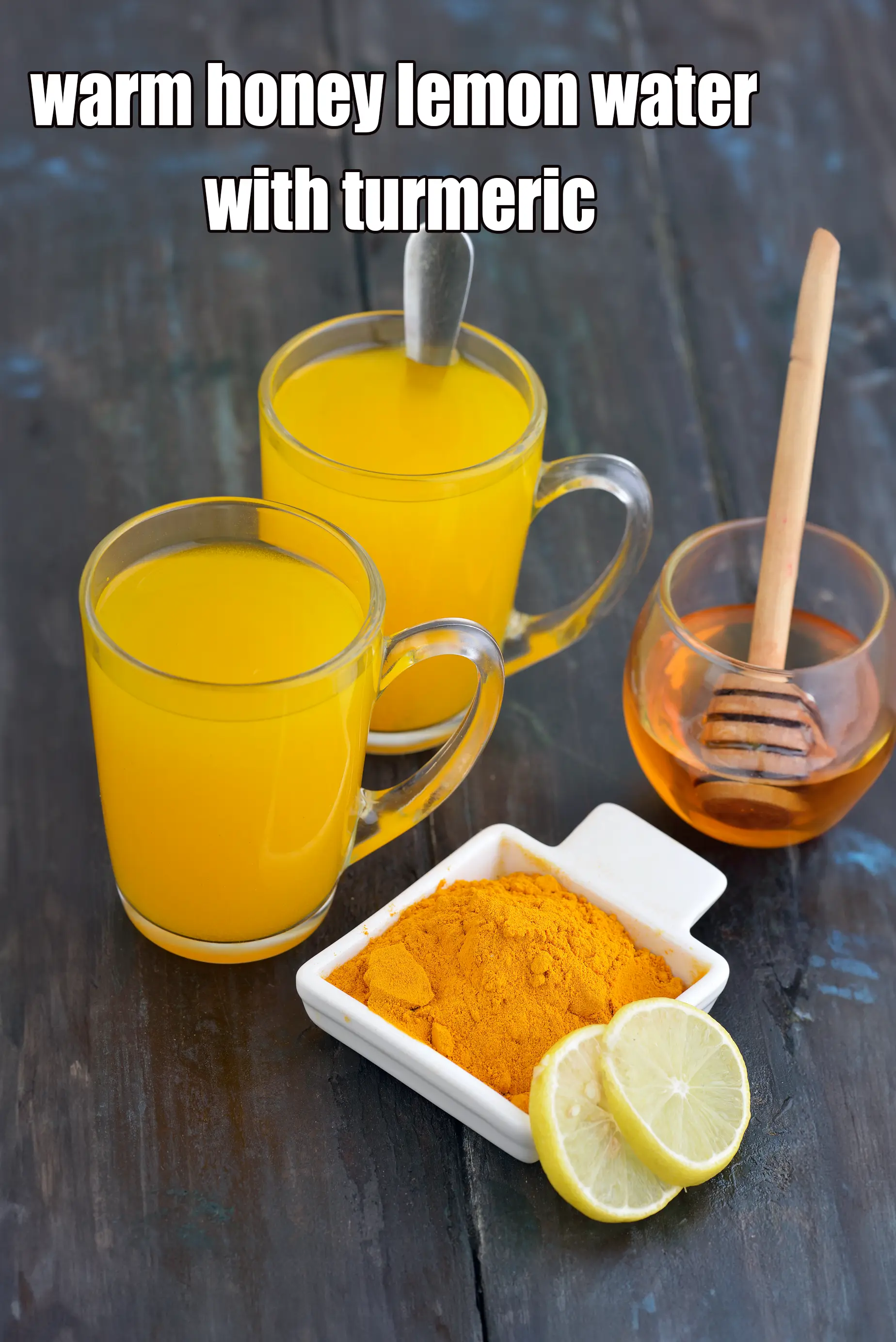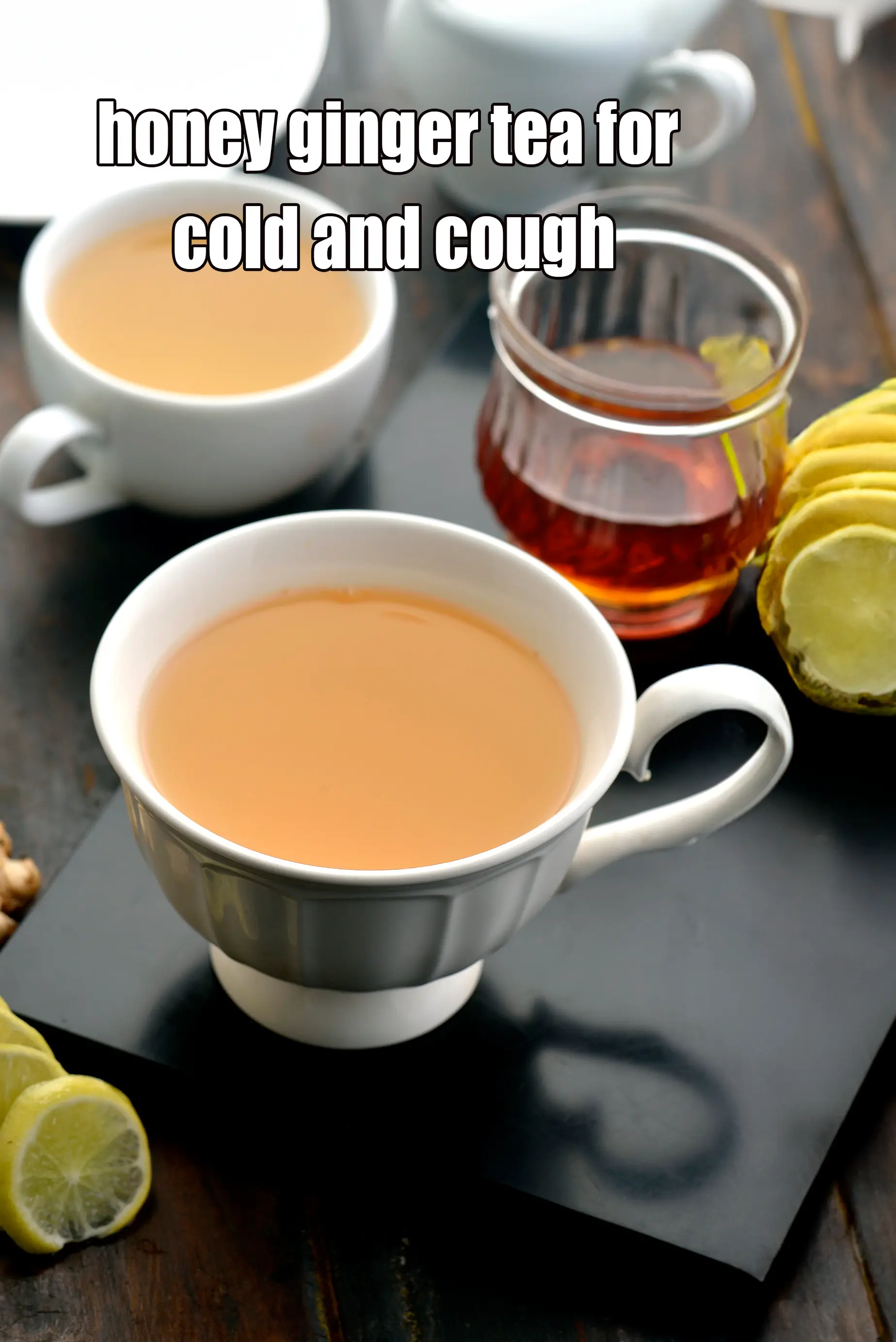Nutritional Facts of Stuffed Nachni Roti, Healthy Ragi Roti, Calories in Stuffed Nachni Roti, Healthy Ragi Roti
This calorie page has been viewed 7114 times
Healthy Indian Recipes
Course
Healthy Indian Recipes
Table of Content
How many calories does one Stuffed Nachni Roti have?
One Stuffed Nachni Roti gives 95 calories. Out of which carbohydrates comprise 50 calories, proteins account for 8 calories and remaining calories come from fat which is 37 calories. One Stuffed Nachni Roti provides about 5 percent of the total daily calorie requirement of a standard adult diet of 2,000 calories.
Stuffed Nachni Roti recipe makes 4 rotis.
See recipe Stuffed Nachni Roti recipe. stuffed nachni roti | stuffed nachni roti with cauliflower, karela, methi | healthy ragi paratha | with 25 amazing images
These scrumptious stuffed nachni rotis are made out of nachni and whole wheat flour, and stuffed with a flavourful vegetable filling.
The succulent filling adds softness to the stuffed nachni roti making them more enjoyable. The combination of karela and cauliflower gives a well-balanced flavour and texture to the stuffing mixture, which is resplendent with the perky aroma and flavour of fenugreek leaves.
You will be surprised to see that the bitterness of ingredients like karela and fenugreek, which are excellent foods for diabetics, are beautifully offset by the cauliflower in healthy ragi paratha. We love Ragi flour as it is high in protein and great source for vegetarians. In addition its gluten-free, fibre rich food which in turn is good for diabetics and a healthy heart.
One thing you need to remember about the stuffed nachni roti is that the vegetable stuffing has to be made just before making the rotis, because it will get watery after sometime, making it difficult to roll them. Also, make sure you serve the stuffed nachni roti with cauliflower, karela, methi hot and fresh off the tava.
Enjoy this and many more diabetic-friendly snacks like Mini Oats Bhakri Pizza , Mint and Masoor Tikkis , Buckwheat Dhoklas and Karela Muthias.
Is Stuffed Nachni Roti healthy?
Yes, its healthy. Made from ragi, whole wheat flour, cauliflower, methi leaves and Indian spices.
Let's understand the Ingredients.
What's good.
1. Ragi flour ( Nachni flour) : Ragi flour is high in protein and great source for vegetarians. In addition its gluten free, high in fiber which in turn is good for diabetics and heart patients. A must read for the benefits of ragi to include in your daily diet.
2. Whole Wheat flour : Whole wheat flour is excellent for diabetics as they will not shoot up your blood sugar levels as they are a low GI food. See detailed benefits of whole wheat flour and why it's good for you.
3. Karela ( bitter gourd) : Anyone who has just been detected with diabetes is advised to eat karela by all. Many studies have shown that they contain insulin like substances which help to keep blood sugar under control. Moreover the carb count of this gourd is also low, which is an added advantage for diabetics. Bitter gourd not only reduces intestinal disorders like constipation but is equally beneficial for Irritable Bowel Syndrome (IBS). See detailed benefits of bitter gourd karela.
4. Cauliflower : Cauliflower is extremely low in carbs and therefore does not raise blood glucose levels. One cup Cauliflower provides you 100% off your daily recommended allowance of Vitamin C. Rich in Antioxidant and read here for detailed benefits of cauliflower.
5. Methi (fenugreek leaves) : Methi leaves are low in calorie, powerful antioxidant, cures mouth ulcers. Rich in Vitamin K which is good for bone metabolism. See all benefits of methi leaves here.
6. Green Chillies : Antioxidant vitamin C in green chillies protects the body from effects of harmful free radicals and prevents stress. It is probably the high fiber which helps in controlling blood sugar levels. This it is a welcome addition to a diabetic diet. Suffering from anaemia? Add green chillies to your list of iron rich foods too. For complete details see benefits of green chilli.
7. Ginger (Adrak) : Ginger is an effective cure for congestion, sore throat, cold and cough. It aids digestion and relieves constipation. Ginger was found as effective as drugs in relieving menstrual pain. Ginger is effective in decreasing the cholesterol levels in patients with high cholesterol. Ginger significantly reduces symptoms of nausea in pregnant ladies. See here for 16 Super Health Benefits of Adrak, Ginger.
Note : 1 cup = 200 ml (standard cup available in the market). The weight in grams varies for each ingredient.
Can diabetics, heart patients and over weight individuals have Stuffed Nachni Roti?
Yes, this is healthy. High in protein and fibre makes this recipe safe. Anyone who has just been detected with diabetes is advised to eat karela by all. Many studies have shown that they contain insulin like substances which help to keep blood sugar under control. Cauliflower is extremely low in carbs and therefore does not raise blood glucose levels.
Can healthy individuals have Stuffed Nachni Roti?
Yes, they can. You probably will only manage to eat 2 rotis due to high fibre content.
What is a healthy accompaniment to this roti?
We suggest you pair it with homemade curds using cows milk or low fat curds or a low fat cucumber raita.
Low fat curds recipe | healthy low fat curds | low fat dahi | Indian low fat curds |
One Stuffed Nachni Roti is high in
1. Vitamin B1 : Vitamin B1 protects nerves, helps in carbohydrate metabolism, prevents heart diseases and helps produce red blood cells.
2. Vitamin B2 (riboflavin) : Vitamin B2 enables the production of red blood cells that contribute to the rise in your energy levels. So have more milk, curds, eggs and green leafy vegetables.
3. Vitamin C : Vitamin C is a great defence against coughs and colds.
4. Phosphorus : Phosphorous works closely with calcium to build bones.
5. Fiber : Dietary fiber reduce the risk of heart disease, prevent the spike in blood sugar levels and hence super for diabetics. Consume more fruits, vegetables, moong, oats, matki, whole grains.
Note : a recipe is deemed high in a Vitamin or mineral if it meets 20% and above the recommended daily allowance based on a 2,000 calorie diet.
How to burn 95 calories that come from one Stuffed Nachni Roti?
| Walking (6 kmph) = | 29 | mins |
| Running (11 kmph) = | 10 | mins |
| Cycling (30 kmph) = | 13 | mins |
| Swimming (2 kmph) = | 16 | mins |
Note: These values are approximate and calorie burning differs in each individual
| Energy | 95 cal |
| Protein | 2 g |
| Carbohydrates | 12.9 g |
| Fiber | 2.7 g |
| Fat | 4.1 g |
| Cholesterol | 0 mg |
| Vitamin A | 97.2 mcg |
| Vitamin B1 | 0.1 mg |
| Vitamin B2 | 0.1 mg |
| Vitamin B3 | 0.6 mg |
| Vitamin C | 9 mg |
| Folic Acid | 11.3 mcg |
| Calcium | 47.2 mg |
| Iron | 1 mg |
| Magnesium | 27.7 mg |
| Phosphorus | 62.3 mg |
| Sodium | 9 mg |
| Potassium | 79.8 mg |
| Zinc | 0.4 mg |
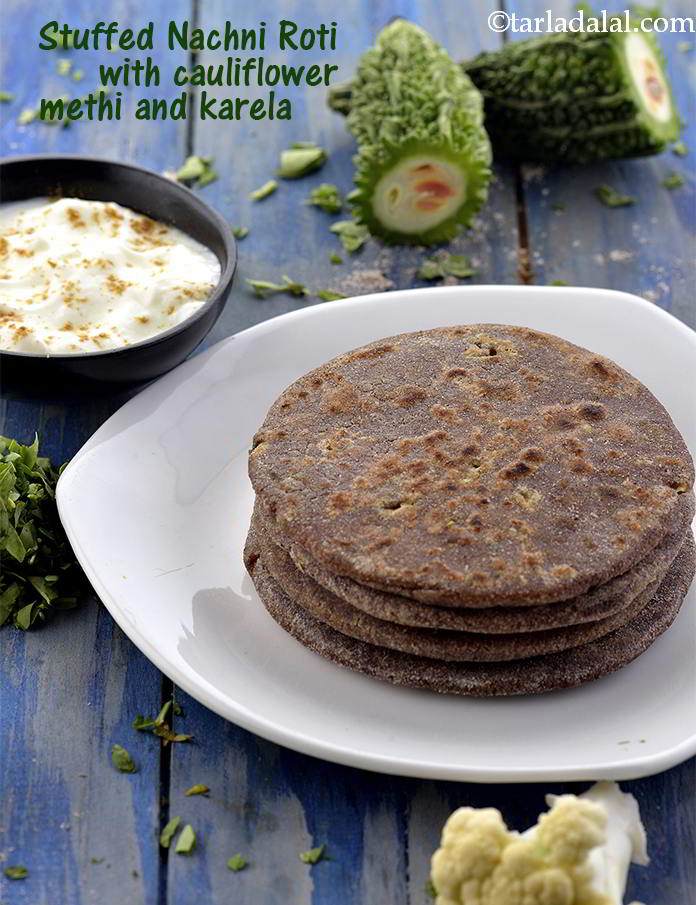
Click here to view Stuffed Nachni Roti, Healthy Ragi Roti
Calories in other related recipes
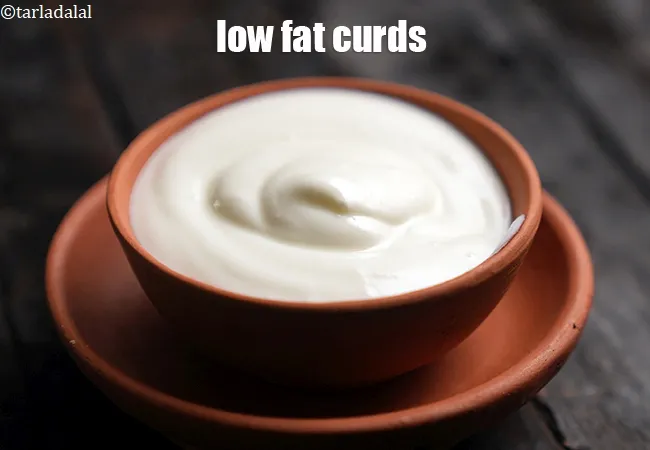


-10876.webp)
